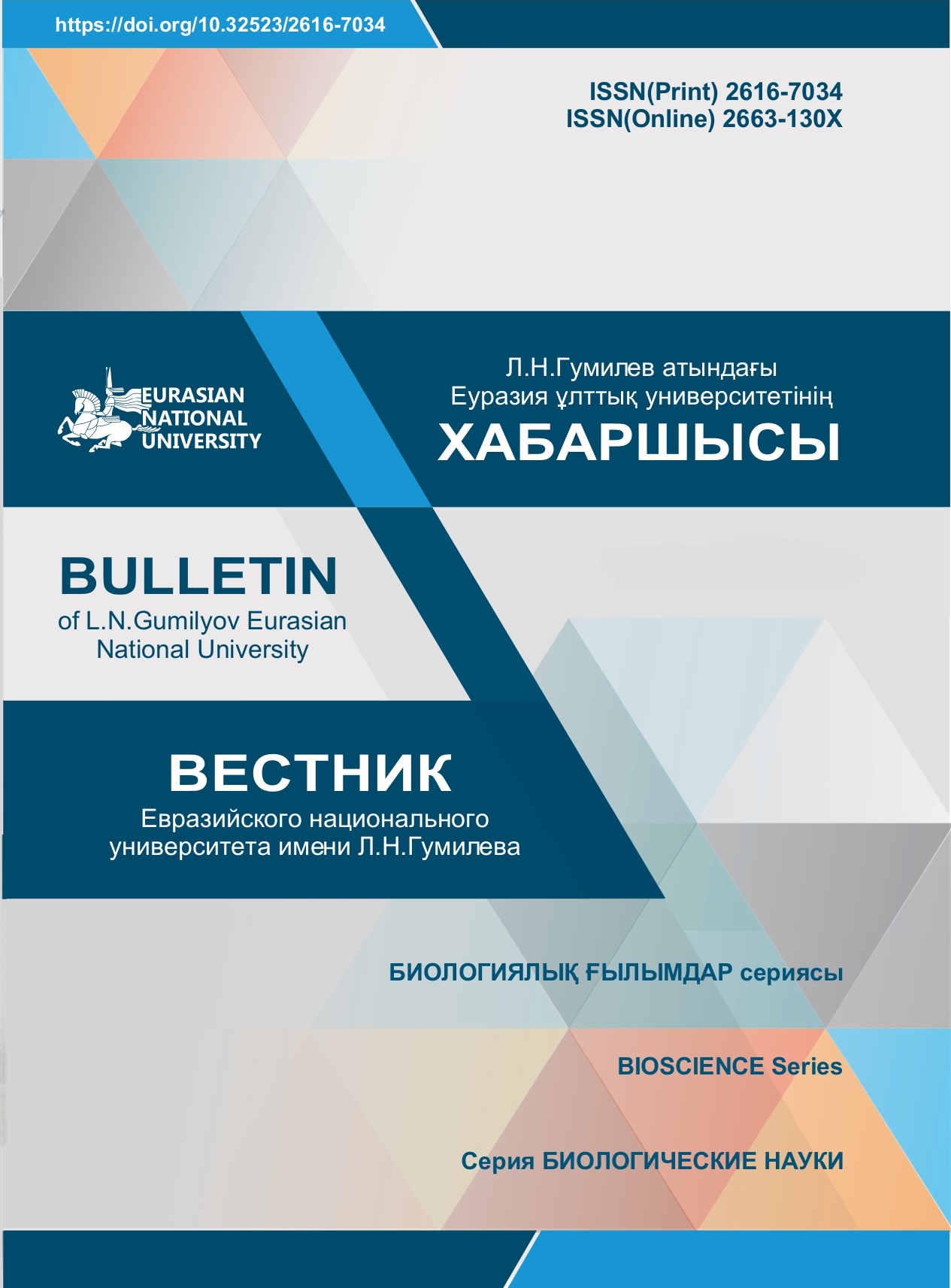Evaluation of the Turkish warty cabbage (Bunias orientalis) plant’s roots prospects as a food raw material
Views: 219 / PDF downloads: 222
Keywords:
wild plant raw materials, biological and nutritional value, Sverbiga easternAbstract
The article is devoted to the study of the perspectives of using the roots of wild-growing plant Bunias orientalis as a plant material. An access to a wide range of organic food with high nutritional value, full of vitamins and minerals, can be valued as a fundamental component of food safety. Therefore, a deep and versatile elaboration of the raw material potential of local flora is very important, not only in scientific purposes, but also as a strategic plan to ensure food safety.
More than ten thousand species of plants are found on the territory of Kazakhstan, and most of them have not been completely studied for further application. Most plants of the Cabbage (Brassicaceae) family have a high economic value and are cultivated in various countries as fodder, technical, melliferous, food and decorative resources. There are studies on the value of Sverbiga as a source of bioactive substances and the use of young shoots and leaves in the national cuisine. In the course of the study, we found that the roots of Sverbiga have a fairly good nutritional and biological value.
The roots of Sverbiga contain a significant amount of carbohydrates and minerals, which makes this type of wild-growing raw material promising for further development of food products and bioactive food supplements. Studies show that in order to preserve its biological value it must be stored at the temperature of -18 °C for no more than 3 months.








